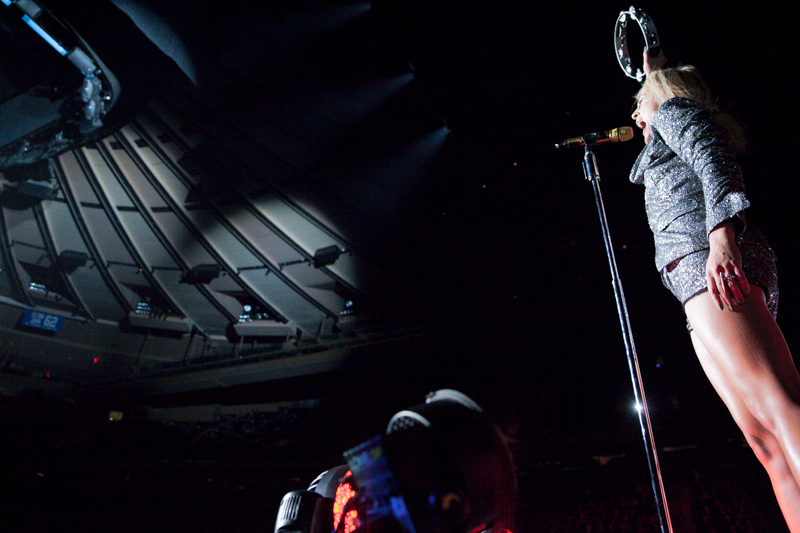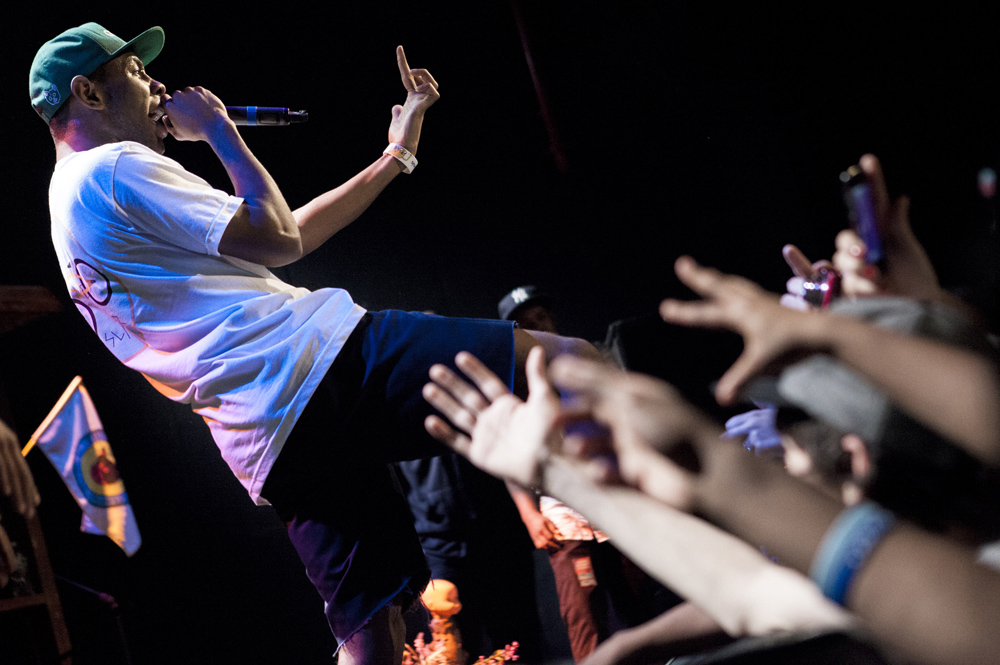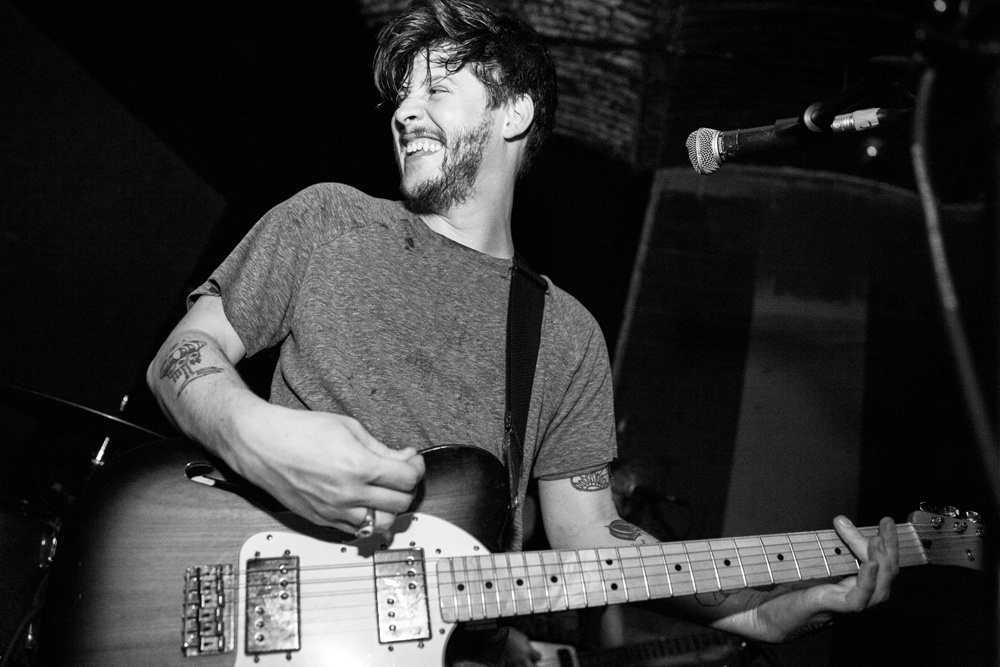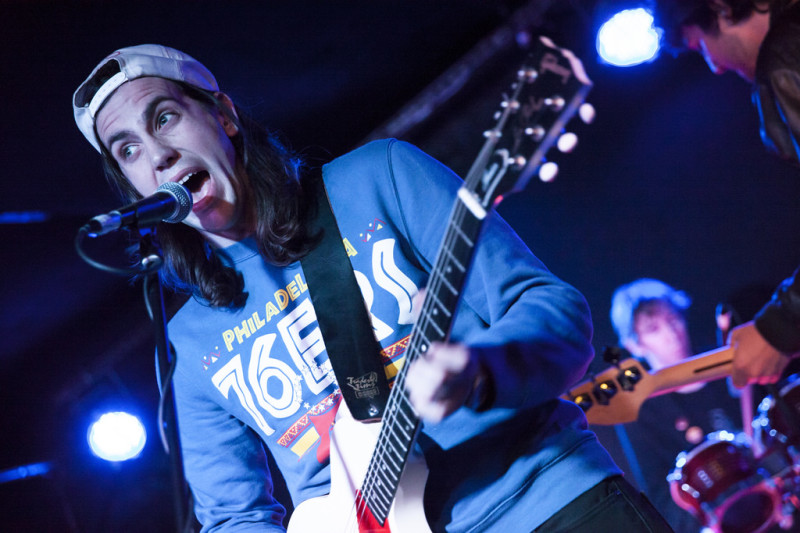
NYC Blogging
I was recently asked to break down some New York venues, from the perspective of a photographer, for a friends blog. Here’s some of what I had to say (via hopelessthunder.org):
Madison Square Garden
Music Hall of Williamsburg
Glasslands
Mercury Lounge
Metric (2013)
If you’re lucky enough to get credentialed to shoot at Madison Square Garden, and haven’t had a moment to absorb what that means, remind yourself of their prided motto, “the world’s most famous arena.” Before you get prepared to photograph at the base of nearly 20,000 concert goers, make sure you note whether you’re shooting in the actual arena (where the sporting events are held) or in the theater. Regardless of which locale you end up shooting, you’ll need to start the evening by checking in at 8 Penn Plaza (floating near 8th Avenue and 33rd Street)—checking in will entail having your bag searched and meeting with a press liaison who will escort you inside the arena; a quick note about checking in with MSG’s liaison, you or your editor may want to get credentials for the openers, as well as the headliner, if you want to guarantee you’re shooting the entire show (it’s not improbable, at these larger shows, that the openers have their own allotment which is not shared with the other acts).
Once you’ve gone through all the technicalities of actually stepping foot inside the venue, you will be escorted through grand, and seemingly endless, hallways blanketed in white. One freight elevator, and some waiting backstage, gives way to a small side entrance at the base of the stage. The pit is generally large enough to allow room to walk from stage left to stage right at any given moment (but stages, as performers come and go, morph to the set designs and theatrics of an artist/concert—in other words, the pit’s shape and depth is subject to change). You follow the standard three shot limit in the venue, and are escorted out of the arena between shoots. Lighting, as the stage has already shown us, is subject to change based on the artist’s aesthetics—but it’s fairly safe to say lower ISOs and higher f-stops or shutter speeds are the norm (most of the stage will be heavily blanketed in lights at higher warmths/kelvins). MSG offers a fairly straightforward and stress-free shoot. If you make it to the pit here, take a minute to look back on the audience and remind yourself it’s not everyday you get to see a venue that has the power to outshine the talent it houses.
Note: If you’re not shooting from the pit, you will be shooting from the soundboard, in a stagnant position. No movement means you probably want, what we photographers often refer to as, a turtle. A turtle, or stool, could help give you that little bit of edge when you’re literally caught in between a rock and a hard place. Always, for these larger venues, come prepared with a telephoto lens! I can’t stress that enough. Even if you have to rent one, it will be worth the cost and your time (I recommend a minimum of 200mm).
Tyler, the Creator (2013)
If it’s your first time venturing over to Brooklyn as a Bowery Presents fan, you’ll likely find yourself at this venue (what many have perceived as a slightly hipper take on the Bowery Ballroom—indeed, expect to be wowed by what appears to be an almost exact/mirrored layout). If you’re planning on photographing at this venue, you’re in luck if you have a ticket. That’s right, no press pass needed. This is great news for anyone looking to start a career in concert photography, while grabbing some substantial artists to put in your portfolio (Foster the People, Lauryn Hill, Tyler the Creator, Blink 182, Disclosure, Icona Pop, Skrillex, Phoenix, Pixies, LCD Soundsystem, are just a few of the acts—in recent memory—that have/will grace it’s stages). If you’re working press, simply grab a spot on the guestlist and enjoy the evening’s festivities.
Depending on which act you’re seeing, you may need to arrive at (or shortly after) doors to grab a good spot. In my experience, the greater the teen fan base or the longer a band has been around, the lesser your chance at grabbing a spot near the front—I’ve seen people camped out in the freezing cold/rain since the wee hours of the morning (bands like Pixies, and acts like Tyler the Creator, will lead to lines around the block). Once you’re in, you’ll likely see a few options for clear shots of the stage: there’s the front row, the sides of the venue on the main floor (which hold raised platforms for unobstructed viewing), and the upstairs balcony. Situate yourself and prepare for the elements. The lighting tends to be dim in this venue, unless you’re catching a rock band or hip-hop act (generally speaking, you’re probably at MHOW to cover an indie band). Come prepared with low-light lenses, and be willing to move around—but please don’t be inconsiderate about it, there’s nothing worse than a photographer willing to push their way through/in front of fans who have camped out/claimed their spot inside the venue (I don’t care if you’re only grabbing a couple of shots, you’re really tarnishing other people’s experiences).
In my estimation, this has been one of the better venues for grabbing interactions between the artists and their audience—and since you probably don’t have a three song cap on shooting, plan on sticking around as long as you can to grab these shots (not only do they contextualize the atmosphere of the concert, but they have the ability to remind us that even some of the greater acts to grace this stage, had very humble begginings).
Wavves (2013)
Glasslands is a hipster mecca and a music lover’s delight. For years it has featured some of the hottest and most buzzed about artists (moreover, it has proven it’s cool quota through pop culture cameos in shows like Girls). It has also morphed its spaces to accommodate larger crowds and kept current with new light installations and sound systems.
What this means, from a photographer’s perspective is a few things. First, and foremost, be prepared for a low level of light. The establishment used to house a cloud of orange and yellow tones, which (serving as a backlight) made an act seem like they were surrounded by an aura of fire. As seasons changed, these lights were replaced by a cooler shade of blue, housed in tubes and positioned above the stage. While, I’ve never been an advocate of flash photography when dealing with live performance, I rarely cover shows here without coming equipped for the possibility of using one.
The space used to be fairly confined, but has opened up a bit (there is a small balcony, and if you’re lucky enough to nab a spot later in the night, you’re guaranteed great shots, especially as/if the crow gets rowdy).
Overall, this is one of my top recommendations for any photographer looking to start photographing shows in New York City. Here you’ll usually have the leeway to move around freely, use a DSLR, and fire a flash (everything in moderation). If you’re lucky enough, you may also catch the band members loitering near the stage after the show—which could make for some unique portrait opportunities (just remember to be gracious and respectful of the artist if you’re looking to approach them).
UPDATE: Glasslands shut its doors on December 31st, 2014
Cold Fronts (2013)
I was recently asked by a publicist to name my favorite, and least favorite, venues to shoot in New York City. Candidly, I answered that my least favorite was probably Mercury Lounge (I say candid because the show I was shooting through her agency was being held at that venue later in the evening).
I’d been going to Mercury Lounge for a year or two before I actually began photographing shows. As a patron, the venue always seems a little claustrophobic (the walls constantly feel like they’re closing in as the ceiling hovers closer to the floor with every passing moment). Shows never seemed to be well lit and the sound was always off. Granted things have changed over the years as different lighting and sound technicians have come and gone, the overall atmosphere hasn’t.
Photographing at Mercury Lounge is, and probably always will be, a challenge. For starters, the venue is 21 and up (don’t look to gain access to any event if you’re under that age, unless you’re just visiting the Bowery Presents Box Office, located inside the Lounge). At shows that aren’t sold out, you can expect a 5 foot gap between the stage and the audience (that’s how intimidating the intimacy of this venue is). It’s nice for a photographer, in this instance, to have free reign to capture different vantage points (though if you’re anything like me, you’ll want to squat down to avoid feeling like the center of everyone’s attention–you’re probably the only moving object in front of them with any consistency). If a show is sold out, expect to be flush against the stage taking shots of musicians in what often seems to be unflattering angles (again, plan to arrive at doors if you want one of these coveted spots). Your ISO will stay high and your aperture low as you struggle to find your footing at Mercury Lounge.
My scathing review may not hold true for all photographers, but I’ve gotten the impression that many of us try to avoid the venue unless we’re there to do pre-show portraits (especially with the rising competition in Williamsburg for better venues—Baby’s Alright and Glasslands). Every once in a while the venue will play host to artists that are not to be missed (Katy Perry, The Strokes, The National, etc.), and in these instances there may be the venue’s only redeeming quality.
UPADTE: In 2015 Mercury Lounge got a new lighting system, making it an altogether brighter experience for photographers.





